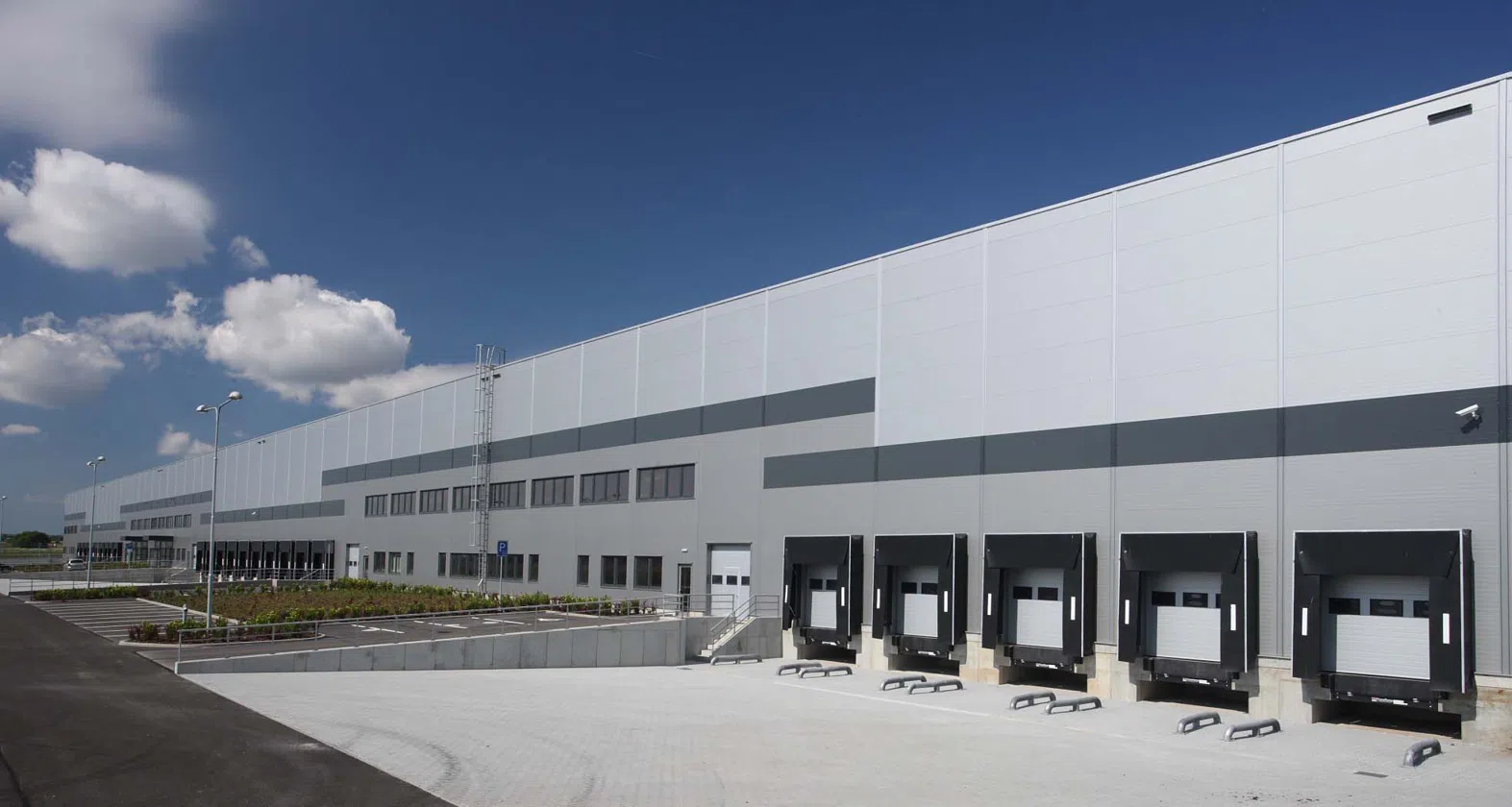How to Use a Grade Level Facility for Dock-High Loading
Last Updated July 6, 2022
See Our List of Metro Home Pages and Select/View Yours
How to Use a Grade Level Facility for Dock-High Loading

This article attempts to answer the question “Can I achieve dock-high loading/unloading using a grade-level building?” The fundamental problem addressed by warehouse loading areas - or docks in this article - is how facility team members get materials from the shipping surface of trucks, trains, etc., onto the facility floor for further handling. When a dock-high dock does not exist, there are several methods teams use to solve the problem of grade-level loading. An actual dock-high dock is achieved by raising the building floor to the level of the shipping surface - creating dock-high docks. You don’t want to attempt this with an existing grade-level building. Assuming you do not have a dock-high building, what is the range of approaches to the loading and unloading process? The five most common alternative approaches - not in any ranked order - for moving material from shipping to facility surfaces are Forklifts, Overhead Cranes, Dock Wells, Standalone Platform With Ramp, and Lift Platforms.
Forklifts
A widely used tool - sort of a “swiss army knife” - in most Warehouses is the forklift. One of these uses can be to move material directly from the shipping surface to the factory surface - assuming the material is reachable from the factory surface. The forklift approach can be efficient for some scenarios but has limits. Our article on forklifts is How to Use Forklifts in Business: Manufacturing, Distribution and More.
Overhead Cranes
When the materials to move are extremely large, unwieldy, or heavy, overhead cranes are often the tool of choice. You must be able to drive your shipping surface into the movement volume of your overhead crane. The crane would then lift the materials from the shipping surface and move them to where they are needed.
Dock Wells
When the materials to move are extremely large, unwieldy, or heavy, overhead cranes are often the tool of choice. You must be able to drive your shipping surface into the movement volume of your overhead crane. The crane would then lift the materials from the shipping surface and move them to where they are needed.
- Your shipping surface will typically tend to slope downward toward your facility surface.
- Dock wells take up more driveway space than a dock-high dock.
- Construction costs to convert a drive-in door to a dock-well
- Losing a grade-level/drive-in door
- Some believe dock wells create environmental issues.
For more on dock wells, see our article Dock Well - Picture with Definition.
Standalone Platform with Ramp
This solution involves building a platform at the shipping surface level and providing a ramp to move material to or from the facility surface. Platform placement can be inside or outside the facility. Such a platform approximates a dock-high building but has the following disadvantages (not a complete list):
- Forklift use in general carries risks. Driving a forklift on a ramp increases those risks.
- Adding a platform and ramp takes up potentially valuable space.
- Adding a platform and ramp may block specific other uses for the area near the addition.
A platform has benefits as well:
- There might be room for a platform where there is not otherwise room for a dock well.
- The outdoor platform can be covered.
- The platform can be used as a shared resource in a multi-tenant building.
- The approach provides more flexibility in terms of the angle of approach for trucks.
See our article on Exterior Elevated Dock - Picture with Definition.
Lift Platforms
Lift platforms can be a viable alternative to dock-high loading. Materials necessarily placed out of forklift reach from the facility floor on shipping surfaces can drive the need for an alternative approach. The goal of a lift platform is similar to dock-high docks and dock wells - to facilitate the transfer of materials between the shipping and facility surfaces. The process generally involves the following:
- Place the shipping vehicle next to the lift platform
- Drive a loaded or unloaded forklift onto the lift platform
- Lift the forklift to the shipping surface
- Drive the forklift onto the shipping surface
- Deposit a load onto or obtain a load from the shipping surface
- Drive the forklift back onto the lift surface
- Lower the forklift to ground level
- Drive the loaded or unloaded forklift from the lift platform to the facility surface
- Dispose of the load or obtain another load
- Repeat
This process involves inefficiencies, so the facility team will have to decide whether or not this will work for their situation. Product options may address inefficiencies, but this solution is unlikely to compete with an actual dock-high building. That said, if your need is somehow temporary, you might even be able to lease/rent a lift platform for your needs.
Summary
If a dock-high building makes a big difference to your business, you should get one. If not, the above methods can help ease the difficulties of not having such a building.
Go here to read about more important criteria for selecting warehouses for rent, lease or sale.
Are you looking for Warehouse, Office or other space? Do you need to renew your lease?
Contact Warehouse Finder using our Get Started link above, call us at the phone number on this page in the upper right, or chat with us using our chat widget on the page in the lower right.
